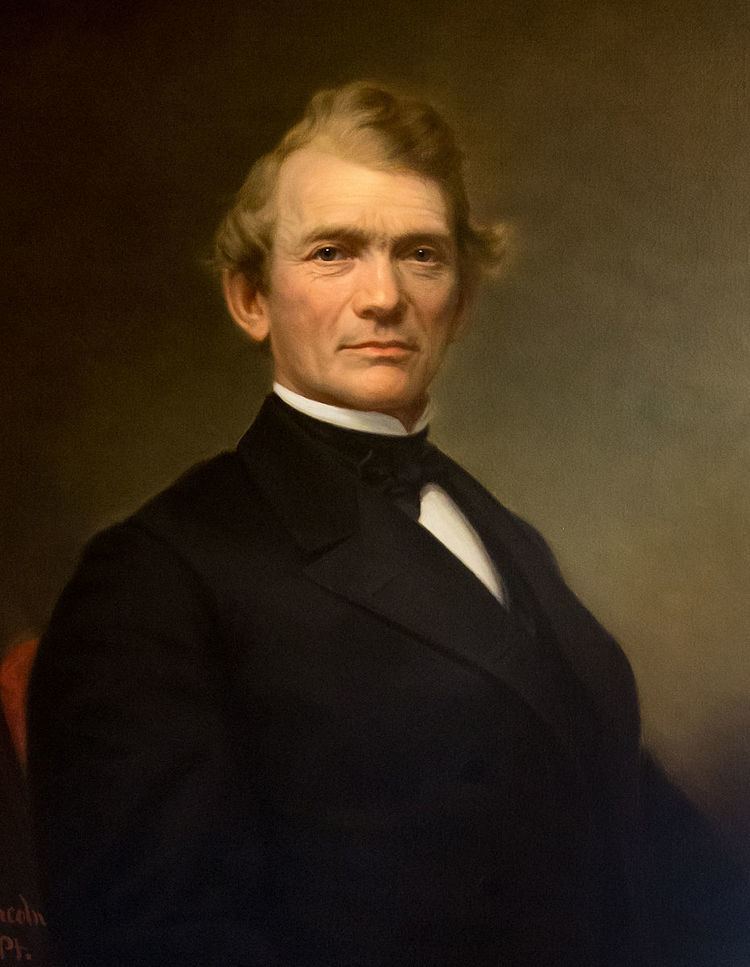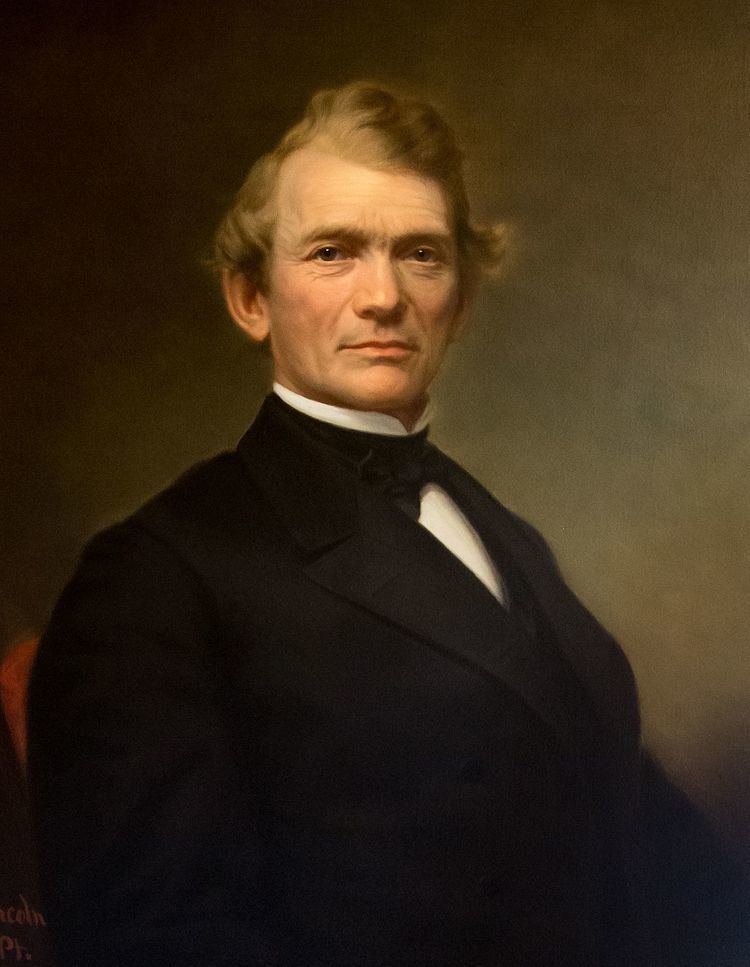Name James Smith Spouse(s) Emily Brown Resigned May 29, 1866 | ||
 | ||
Born September 15, 1809Groton, Connecticut ( 1809-09-15 ) Role Former Governor of Rhode Island Previous office Governor of Rhode Island (1863–1866) People also search for Charles W. Lippitt, Elisha Dyer, Jr., Henry B. Anthony, Lemuel H. Arnold, Elisha Dyer | ||
James Youngs Smith (September 15, 1809 – March 26, 1876) was an American politician and the 29th Governor of Rhode Island (May 26, 1863 – May 29, 1866).
Contents

Early life
Smith was born in Poquonock Village in Groton, Connecticut to Amos D. Smith and Priscilla (Mitchell) Smith. His mother was descended from Mayflower passengers John Alden and Priscilla Mullens.
Smith was a store manager in Salem, Connecticut, at the age of sixteen. Next year, he moved to Providence, Rhode Island, where he worked for a lumber business that he became the owner of a decade later. He sold this business to start a manufacturing business with his brother Amos D. Smith, and with their A.D. & J.Y. Smith Mills they became the leading textile investors in the state. James Y. Smith. They owned mills in both Connecticut and Rhode Island.
On August 13, 1835, he married Emily Brown, daughter of Thomas Brown, a cotton manufacturer in Scituate. Smith then branched out from lumber to investing in cotton mills. They had two daughters and one son.
Political career
Smith was active in politics as a Republican. He was Mayor of Providence for two one-year terms from 1855 to 1857. He was a member of the House of Representatives of Rhode Island. He ran unsuccessfully for governor in 1861, but won in the election two years later. He succeeded William C. Cozzens on May 26, 1863. He was reelected two times, then declined to run again. He was succeeded by fellow Republican and Civil war general Ambrose Burnside on May 29, 1866.
Later years
After leaving office, Smith founded the James Y. Smith Manufacturing Company. He continued as a manufacturer until his death in 1876. He was also involved in various enterprises; then was president of the Providence Board of Trade; director of the Providence and Worcester Railway Company; and a member of five commissions in the city government. He was chairman of the commission to build the new Providence City Hall.
His death occasioned great public mourning in Providence. Public offices were closed, and a funeral procession of mourners in carriages and on foot followed the body to its resting place in Swan Point Cemetery.
